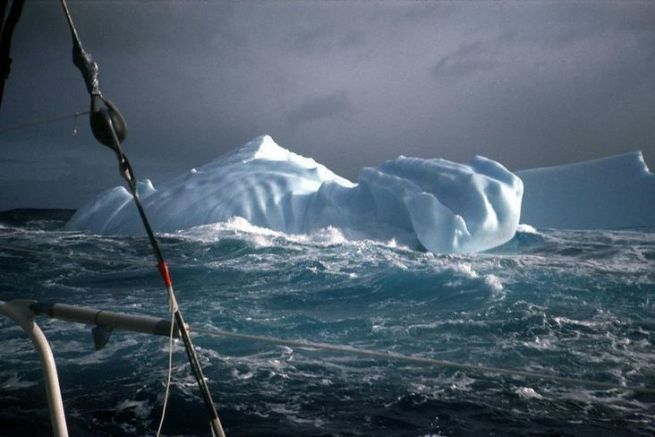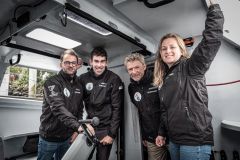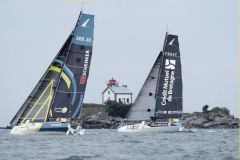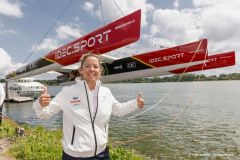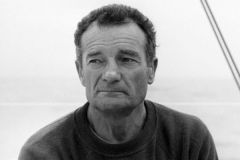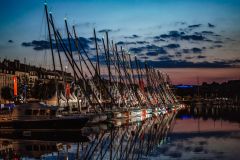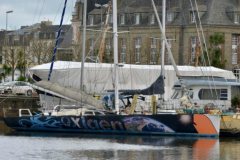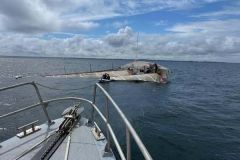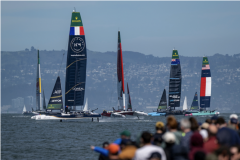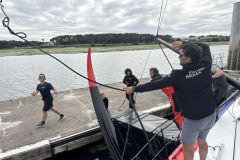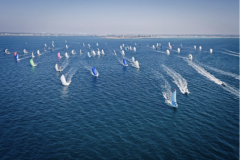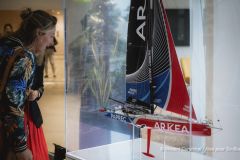A no-go zone around Antarctica
The week before the start of the Vendée Globe 2024, the race directors inform the racers of the position of the Antarctic Exclusion Zone. The purpose of this zone is to prevent skippers from encountering icebergs and growlers during their circumnavigation of Antarctica. This virtual crown is made up of 72 GPS points, spaced 5° apart.
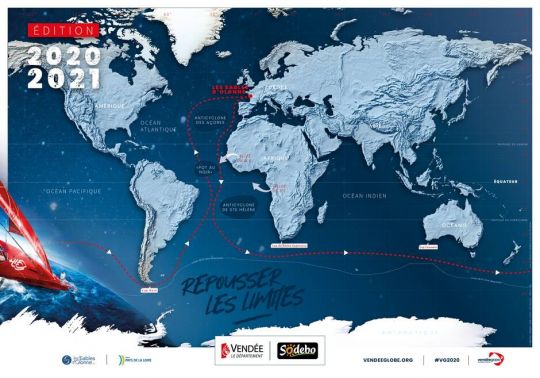
"For several months now, we have been working with CLS (Collecte Localisation Satellites) to monitor the movement of ice in the Antarctic zone, in both the Indian and Pacific Oceans. These satellite images are ordered in advance and processed at CLS Brest, with CLS radar analyst Jimmy Viard. We established an initial zone, which was communicated on October 1, and last Saturday we refined our positionings and communicated the ZEA version of the start, which was handed over to the racers on October 30 explains race director Jacques Caraës.
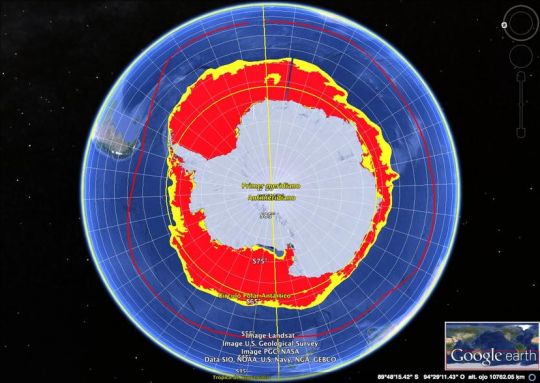
The positioning of the ice has enabled the race committee to lower the limit by 1° compared with the 2016 edition. As a result, the course will be slightly shorter for the skippers, who will have to cover 24,296 miles to return to Les Sables d'Olonne.
Skippers are not allowed to plunge south to escape a zone of high pressure or to try to claw back miles. Indeed, since the Earth is round and the Vendée Globe consists of sailing around the Antarctic continent to starboard, the further south you go, the shorter the distance. But the likelihood of encountering ice is more obvious.
A Franco-Australian consultation
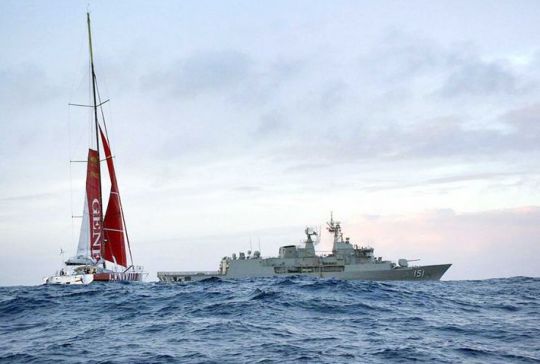
Ice surveillance is not the only parameter taken into account when defining the AZE. The race management team, the Australian MRCC (Maritime Rescue Coordination Center) and the AMSA (Australian Maritime Safety Authority) have been working together. This tripartite exchange enabled them to take into account the radius of action of the Australian rescue services.
The positioning of the ZEA is evolving
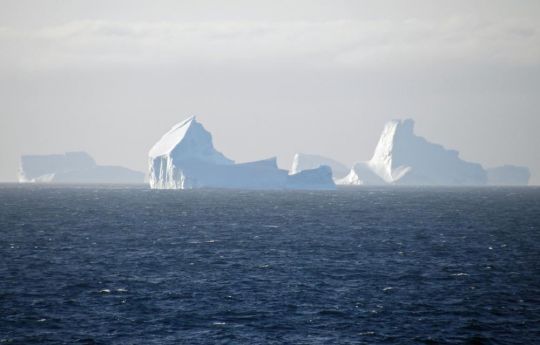
The speed differences between the boats have never been greater than they are for this 2020 edition. A gap of several dozen days will pass between the arrival of the winner and the last competitor to return to Les Sables d'Olonne. The fleet will be spread out across the Indian and Pacific Oceans. For this reason, the position of the ZEA may change during the race, depending on the evolution of the ice drift. If an iceberg is detected by the CLS during the race, an "Ice Report" will be sent to all competitors.
Other areas to avoid
Race management is also prohibiting skippers from sailing in areas of heavy traffic. The zones concerned are Cape Finisterre, Cape Roca (Portugal's most westerly point), Cape St Vincente (Portugal's southern tip), Mauritania, and the eastern and western Canaries. And, since this year, at the DST of Ouessant and that of West Scilly.
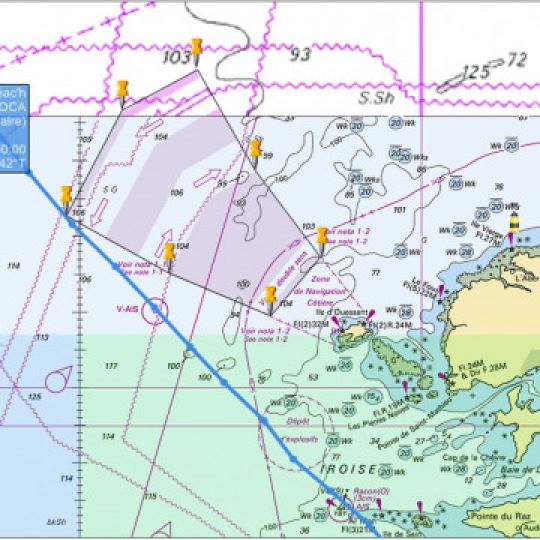
What impact will this have on skippers?
The first editions of the Vendée Globe and the BOC Challenge highlighted the fact that some racers were playing "Russian roulette" by going very far south to make up miles, not hesitating to cross minefields. Introduced for the 2016 edition, this rule does not meet with unanimous approval within the IMOCA class.
Jean Pierre Dick paid the price while sailing in the Indian Ocean. Having failed to receive the latest ZEA update, the skipper of Saint Michel Virbac sailed 44 miles into the forbidden zone. To make up for his mistake, he had to turn around and exit the zone at the point where he had entered it.
Opinions differ from skipper to skipper:
"The strategy is different, it closes the game a bit, because it represents an obstacle or land that you have to avoid." says Armel Le Cléac'h, winner of the last edition. And Alex Thomson adds: "As a sailor and competitor, I'm not too keen on this rule. But as a human being and to stay alive, it's the only option."

